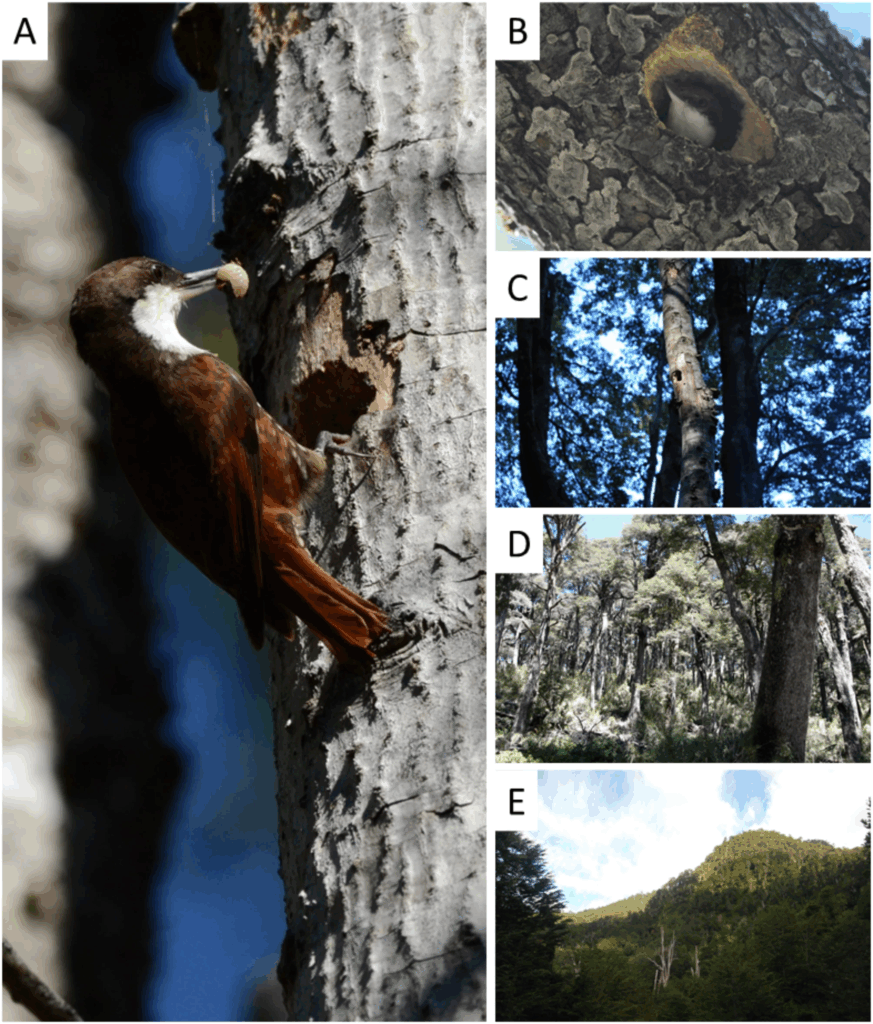Linking habitat preferences and fitness across scales for a relict bird species of the southern Andes

Abstract
Animals select their habitats from available resources in a way that should maximize fitness, and thus habitat preferences are generally predicted to be adaptive. However, there may be a mismatch between habitat preferences and fitness due to factors such as limited availability or disturbance of nesting habitats. In this study, we examine whether preferred nesting habitat attributes are linked to fitness (nest survival and number of fledglings) of the White-throated Treerunner (Pygarrhichas albogularis), an obligate excavator and tree cavity nester, across four spatial scales: (1) cavity -for fitness influence only-, (2) nest-tree, (3) forest-stand, and (4) landscape. During eight breeding seasons (October to February), between 2010 and 2018, we found and monitored 65 Treerunner nests in Andean temperate forests, Chile. We obtained four main results. First, we found a multiscale response for both habitat preferences and fitness: variables at both nest-tree and landscape scales were the most influential for nesting habitat preferences, while variables at both cavity and nest-tree scales were the most influential for fitness. Second, the probability that a given habitat is used for nesting increased with larger trees, advanced tree decay classes, and forest cover. Third, nest survival was positively related with cavity entrance diameter, height, and distance from the forest edge. Fourth, the number of fledglings increased with south-oriented cavities and decay class, excepting for old dead trees where the breeding outcomes decreased. Combined, our results suggest a general match between habitat preferences and fitness, with a mismatch occurring with trees in advanced decay. The fact that the match occurs in areas with live unhealthy trees and recently dead trees, and a high forest cover, highlight the importance of (a) old-growth forests, as they comprise the best integration of multiscale habitat attributes for this species, and (b) maintaining the continuity of forest cover together with both live unhealthy and recently dead trees in managed and/or second-growth forests.}
Información
2025
Artículo
local_offer Líneas de acción


